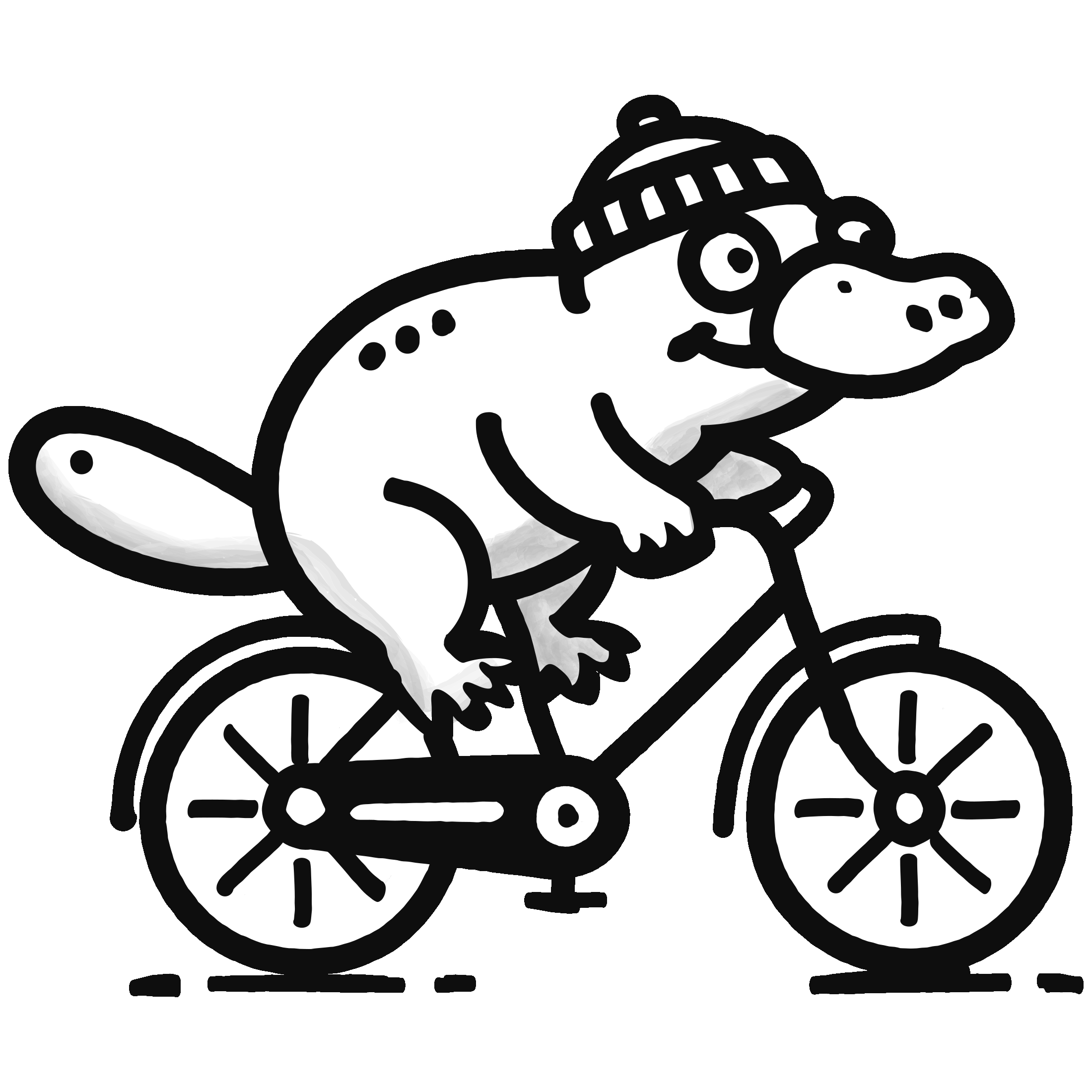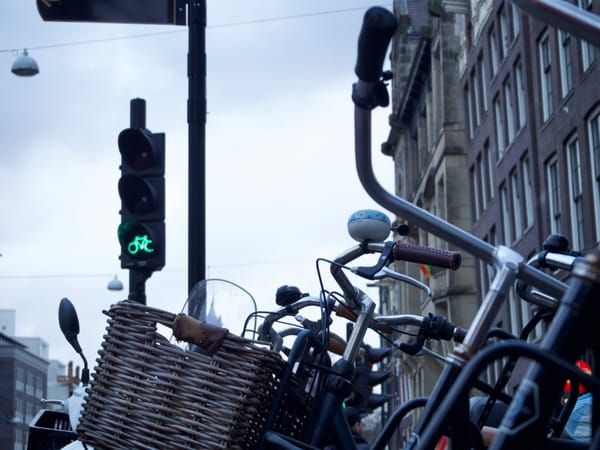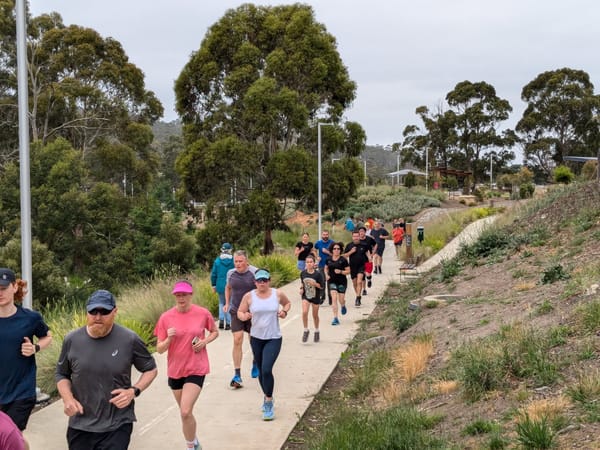Wide Turns, Fast Cars, and Forgotten Pedestrians: A Local Look at Dangerous Design
The ultra-wide intersection radius allows for cars to travel faster through them at the expense of pedestrian safety.

Here’s an area of Kingston that has been designed for cars and is hostile to everyone else. The corner of Channel Highway and Dollery Drive.


Dollery Drive is a whisker under 8m wide. From where the intersection starts, a pedestrian would have to walk 40m+ to cross, which would take roughly 30 seconds (5km/h). There is no footpath on the other side of the Channel Highway.


The pedestrian ramp is located about 26m from either end of the intersection. The total distance a pedestrian has to travel to cross this 8m wide road is 64m. That’s 48 seconds to cross the road.

Even when the pedestrian is crossing at the ramp, looking left and right is not sufficient. They must also look in front and behind them for the traffic (pic 6).
Traffic that can now go faster through this intersection because of how wide the radius is.

The Bike lane is less than a meter wide on both sides.

This is the corner of Margaret Street and Marieville esplanade in Battery Point.
It's an area with high bicycle and pedestrian traffic, yet optimised for cars to travel at higher speeds. Margaret Street is 12.5m wide. In this case, the safety risk is worse as they have to spend longer crossing the road, checking 360 degrees for traffic. Traffic that can travel faster because of the radius of the intersection.
The Dollery Drive intersection has an excessively wide bend radius. Traffic is moving at 60km/h. Pedestrians must take the 48 second route. Additionally, there is nothing but a line of paint that separates bicycles from traffic travelling at 60km/h. This “lane” is 0.8m wide (average handlebar width is 50-70cm, most car mirrors stick out 25cm+).
Dollery Drive is also a no-through-road. Why optimise it for speed?
Something as subtle as the radius of an intersection bend are taken for granted, but creates a harsh, dangerous environment to everyone outside a car.
Can you think of another intersection with an ultra-wide intersection radius? Or other ways that cars are given priority for in subtle ways?




![BIKE RAVE: Saturday 30th August [UPDATED]](/content/images/size/w600/2025/08/518300545_4101374346809291_4287029871165551635_n.jpg)